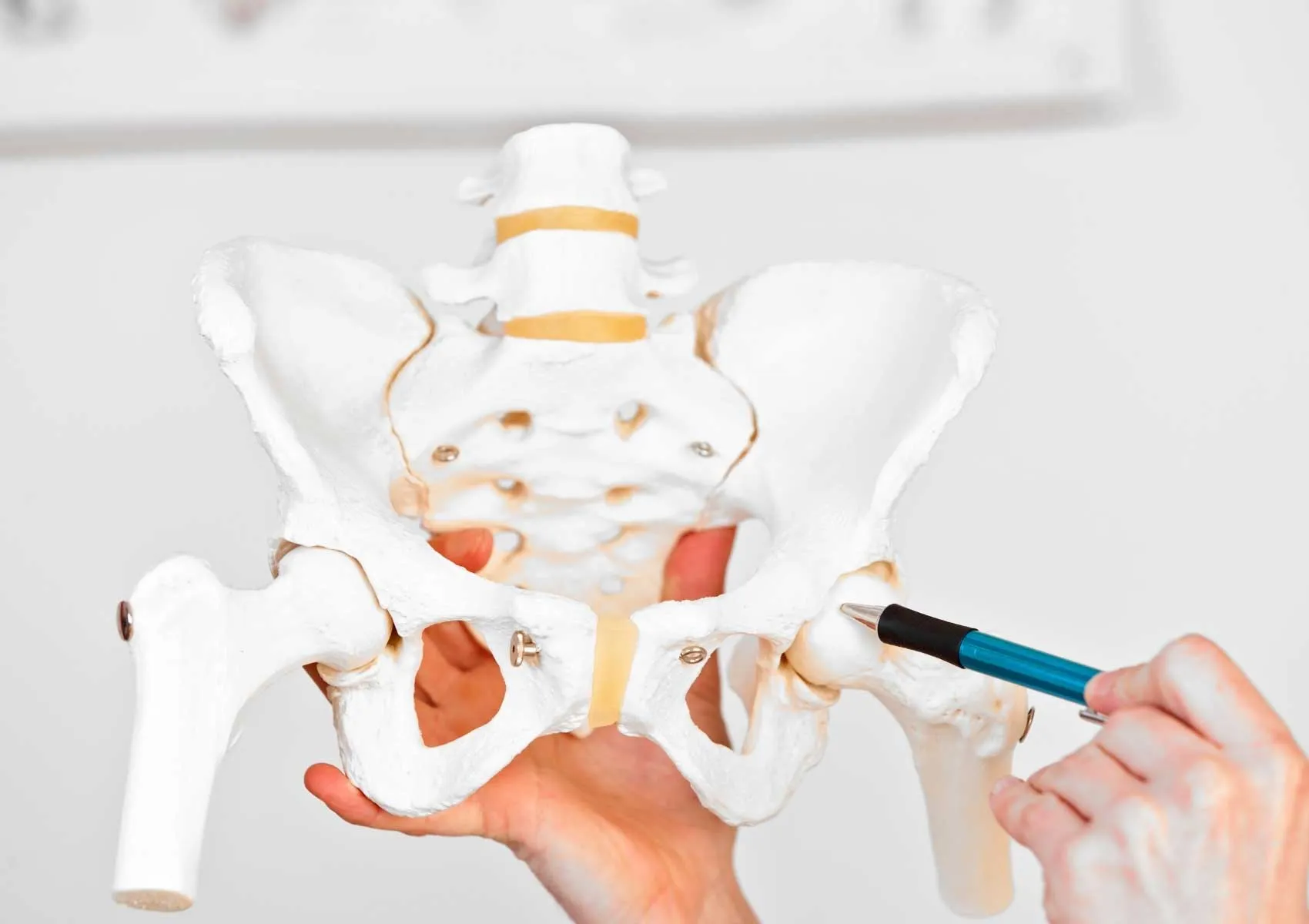Is PRP Effective in the Hip Joint? What Does the Science Say?
A Natural Treatment Method—But Does It Really Work?
The hip joint plays a critical role in daily mobility and weight-bearing. Over time, wear and tear can lead to cartilage degeneration, labral tears, and joint pain—particularly in conditions like hip osteoarthritis. As interest in non-surgical treatments grows, PRP (Platelet-Rich Plasma) therapy has become an increasingly popular option. But is PRP truly effective in hip joint conditions? What does current scientific research say? Can it be a reliable alternative to corticosteroids or hyaluronic acid?
In this article, we explore the scientific evidence behind PRP in hip-related conditions and evaluate its effectiveness, indications, and role in modern orthopedic practice.
What Is PRP and How Does It Work?
Platelet-Rich Plasma (PRP) is a solution derived from a patient’s own blood through centrifugation, concentrating platelets that are rich in growth factors and healing proteins. When injected into injured or degenerated tissues, PRP stimulates the body’s natural healing response.
The potential benefits of PRP include:
- Promoting tissue regeneration
- Reducing inflammation
- Supporting chondrocyte (cartilage cell) viability
- Modulating pain pathways
- Improving the quality of joint lubrication (synovial fluid)
These properties make PRP a promising treatment for both young patients with structural problems like labral tears, as well as older individuals with early-to-mid-stage hip arthritis.
When Is PRP Used in the Hip Joint?
PRP therapy can be considered for a variety of hip conditions, including:
- Hip osteoarthritis (mild to moderate stages)
- Labral tears (in non-surgical or early-stage cases)
- Femoroacetabular impingement (FAI) as part of conservative care
- Iliopsoas tendinitis (inflammatory hip flexor pain)
- Hip bursitis with inflammatory symptoms
- Post-operative support to accelerate healing
In most cases, PRP is not used alone—it is combined with physical therapy, activity modification, and other conservative treatments to optimize outcomes.
What Does the Scientific Evidence Say?
Over the past decade, numerous studies have explored the use of PRP in hip conditions—particularly osteoarthritis. The data suggest promising results, especially when compared with traditional therapies like corticosteroids or hyaluronic acid.
1. PRP in Hip Osteoarthritis
- A meta-analysis by Kraeutler et al. (2013) found that PRP was more effective than hyaluronic acid in reducing pain and improving function in osteoarthritis patients.
- In a 2016 study by Dallari et al., PRP combined with physical therapy provided better results than physical therapy alone in patients with early-stage hip arthritis.
2. PRP in Labral Tears and FAI
- While PRP is not a primary treatment for structural conditions like FAI, it may support recovery after hip arthroscopy.
- Redmond et al. (2014) reported that PRP injections improved post-operative pain control in patients who underwent hip labral repair.
3. Comparative Studies with Other Treatments
- Some randomized controlled trials suggest PRP offers longer-lasting pain relief than corticosteroid injections, although steroids may offer quicker short-term relief.
- PRP has been shown to reduce pain for up to 6–12 months, depending on the severity of the condition and patient factors.
When and How Is PRP Administered?
PRP treatment is typically an outpatient procedure, performed under local anesthesia. Because the hip is a deep joint, ultrasound guidance is often used to ensure accurate injection.
Treatment usually includes 1 to 3 sessions, spaced 2 to 4 weeks apart, depending on the clinical condition. The entire process—from blood draw to injection—takes about 20–30 minutes.
Is PRP Effective for Everyone?
PRP outcomes vary based on individual factors. The best candidates typically include:
- Patients with early or moderate osteoarthritis (Grade I–II)
- Those with healthy body weight
- Individuals with strong supporting hip musculature
- Patients who are engaged in rehabilitation and exercise programs
- Those who have not yet reached the stage of surgical intervention
In patients with advanced arthritis (Grade III–IV), PRP may provide temporary relief but is not a definitive solution.
FAQ
-
Is a PRP injection painful?
Most patients report mild discomfort, and local anesthesia is usually applied. Ultrasound guidance helps minimize pain.
-
Can PRP prevent hip replacement?
It may delay the need for surgery in early-stage arthritis, but it is not a cure for advanced joint degeneration.
-
How long does it take for PRP to work?
Effects are usually noticeable within 2 to 4 weeks, with peak improvement in 6–8 weeks.
-
Are all PRP treatments the same?
No. The quality and concentration of PRP depend on the preparation method, equipment, and technique used.
-
Can PRP be combined with other treatments?
Yes. PRP is often part of a broader treatment plan that includes physical therapy, activity modification, and sometimes other injectables.

